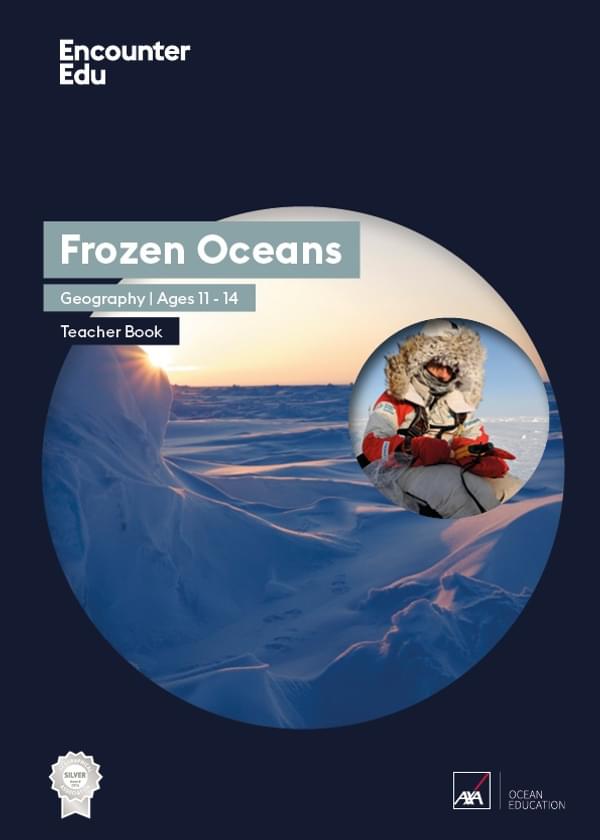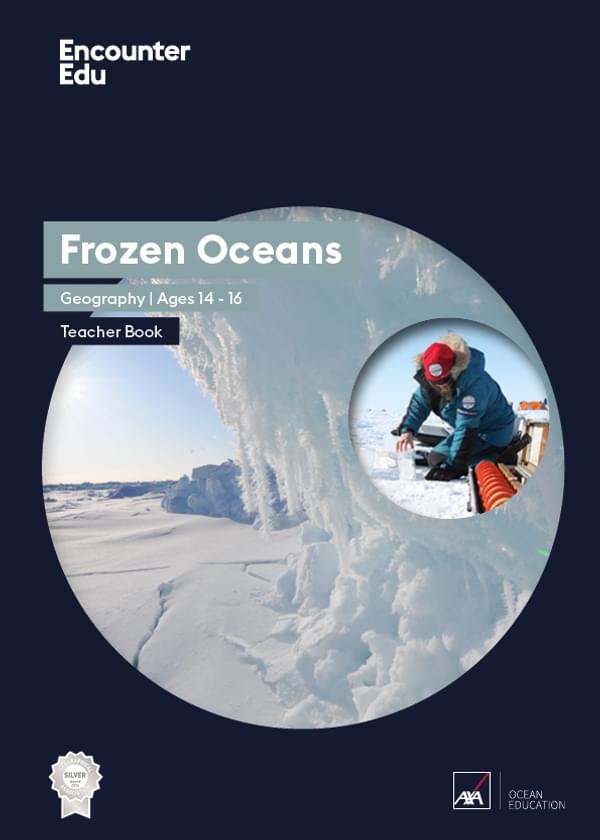How will the melting Arctic ice affect ocean circulation?
 Wikipedia / Uwe Dedering
Wikipedia / Uwe Dedering
Each of these changes in the Arctic could have an impact on the system of ocean circulation. This circulation relies on the different densities of water based on their heat and salt levels. In the Arctic, colder saltier water sinks rapidly, creating a pull effect that drives the ocean conveyor. Each of the changes listed on this map would make the surface waters of the Arctic Ocean less dense, either by making it less salty or warmer. This includes increased freshwater input from melting icecaps and flow from rivers; general warming of the Arctic ocean; and the decrease in hyper-saline surface waters caused by sea ice formation.
Part of:
AXA Ocean EducationBrought to you by


Geography | Ages 11-14
Frozen Oceans
The Frozen Oceans Geography resources are designed to take 11-14 year-olds on a journey to the Arctic following the expedition team of the Catlin Arctic Survey.
